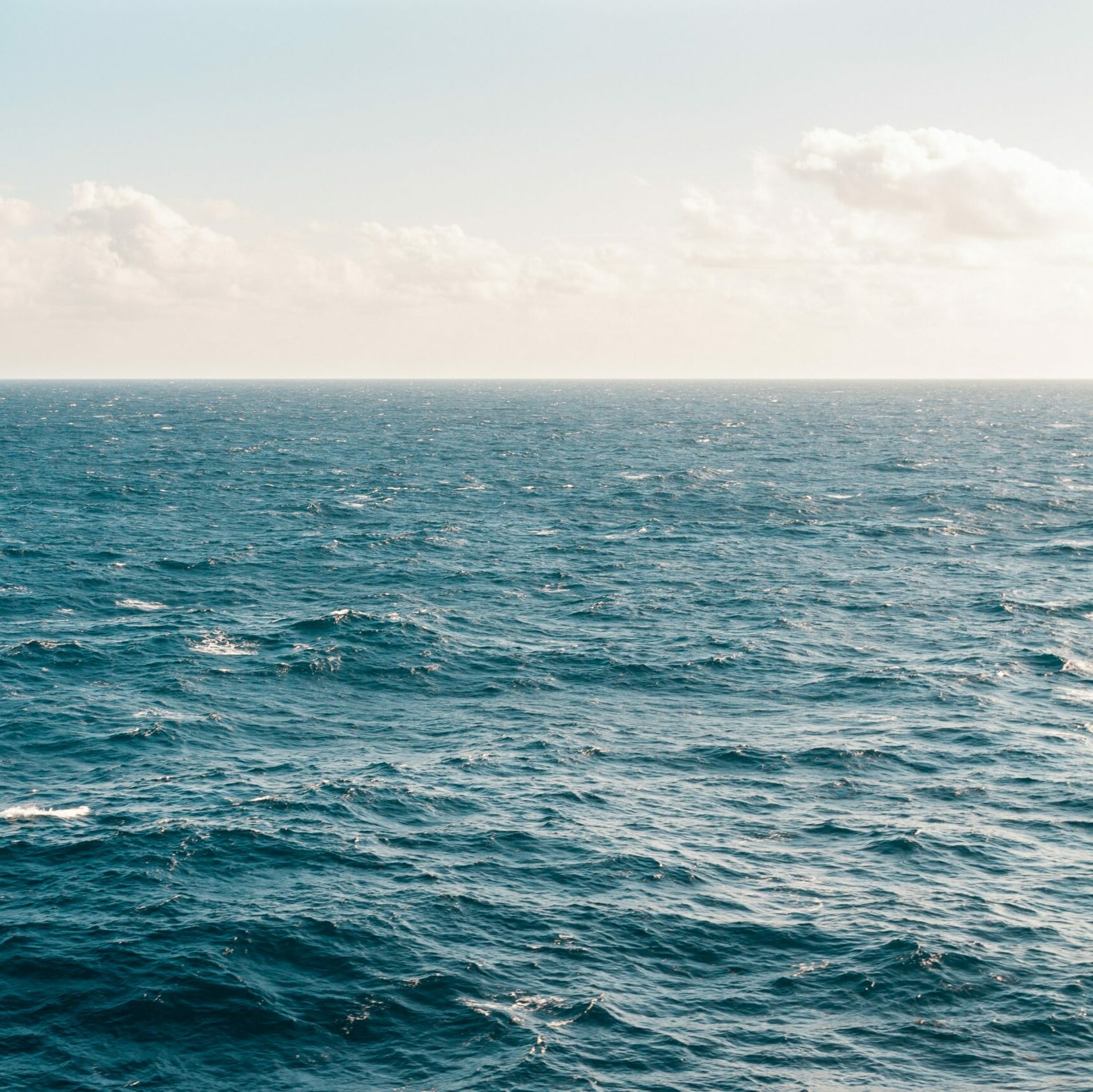Underwater ROVs: What Are They and How Are They Used?

ROV stands for remotely operated vehicle. They are highly maneuverable unoccupied machines used to observe and work underwater, often in areas that are deemed too dangerous for commercial divers. ROV pilots can operate them from a nearby shore or boat.
Remotely operated vehicles are versatile tools commonly used in our industry to inspect, monitor underwater structures, and perform complex work tasks in depths divers cannot access. Although, more recreational ROVs are available with advancements in technology. These revolutionary machines are utilized by many industries to reduce costs to clients and keep divers safe in unknown or dangerous conditions.
A Short History of ROVs
People have long attempted to reach places underwater that are too dangerous or too deep to venture. While trained divers did their best, it wasn’t until 1953 that we came close to success with the first fully developed ROV, POODLE, created by Dimitri Rebikoff. POODLE was an adaptation of his diver scooter with a tether and surface controls.
In the 1960s, ROV technology started to gain speed when the U.S. Navy took an interest. ROVs were first tested to retrieve underwater information and in 1966, the Navy’s CURV successfully recovered an atomic bomb that went missing off the coast of Spain. By the end of the 1980s, more than 500 ROVs were being used for commercial and military operations around the world as technology advanced. Oil and gas led the charge to this advancement by building ROVs to perform work on offshore platforms in depths up to and beyond 20,000 feet.
Today, ROVs are not just for military or commercial use; micro-class ROVs are available for the public to purchase for exploring shallow waters.
Types of ROVs
Underwater remotely operated vehicles range in size from a small computer to as large as a small pickup truck. Smaller ROVs tend to be used for observations and inspections, while larger ones can hold tools and may be used for repairing underwater equipment and infrastructure. Some ROVs are completely electric driven while others use a combination of hydraulics and electric drive systems supplied from the surface through their umbilicals. There are also autonomous ROVs that utilize batteries and wireless technology to rid themselves of an umbilical altogether.
There are four main classes of underwater ROVs that are used across industries:
- Observation Class
- Light Work Class
- Work Class
- Mini or Portable Class
Observation Class
These are smaller in size and used to explore places like coastal waters, rivers, and small lakes. Construction, oil, and shipping industries use observation class ROVs to inspect infrastructure and the underwater area to help plan future projects. These ROVs are equipped with high-end cameras and lightweight sonar systems to avoid missing any small details like cracks. A manipulator (arms and hands) on one of these vehicles tends to be small with limited functionality (1-3 functions typically), and their thrusters can be either vectored or standard. Some of these ROVs are Fiber Optic (FO) capable, allowing them to operate a wider variety and number of sensors/instruments at the same time.
Light Work Class
The in-between cousin of observation and work class, light work class ROVs are used for medium to deep depths of water and can carry light payloads. They can have large extensions and special inspection devices to help with their work. Many have more sophisticated manipulators to help them complete tasks that require more dexterity (3 to 4 functions). Light work class ones are being used for offshore wind farm maintenance, survey research, infrastructure repair, dive support, and much more. These ROVs are also generally vectored thrust vehicles that can maintain position and move through the water with more precision and are FO capable.
Work Class
Work class ROVs are larger vehicles used for ocean floor exploration and deep depths that divers cannot reach, as well as heavier construction tasks that take more time on the bottom than divers can spare. They can carry additional sensors and have multiple capabilities that allow for additional tools due to their FO-equipped umbilicals. They are very powerful and useful for many industries, especially the oil and gas industries where they are used to carry out drilling and other operations. Their sensor and sonar arrays can image large areas or provide minute details to specific structures. Most are equipped with a pair of manipulators—one for heavy lifting and grasping and the other with up to 7 individual functions that can be nearly as nimble as the human hand! The thrusters on these ROVs are vectored and very powerful, producing from 50 to over 200hp.
Mini or Portable Class
Weighing less than 110lbs, these small ROVs are becoming more popular for their portability and ease of going into small spaces. They are usually equipped with a light, camera, and maybe a grabber (single function manipulator) to pick objects up with. Industries utilize them within pipe systems and shallow depths to inspect infrastructure. Recreational ROVs fall under the mini or portable class and are typically not vectored or FO capable.
